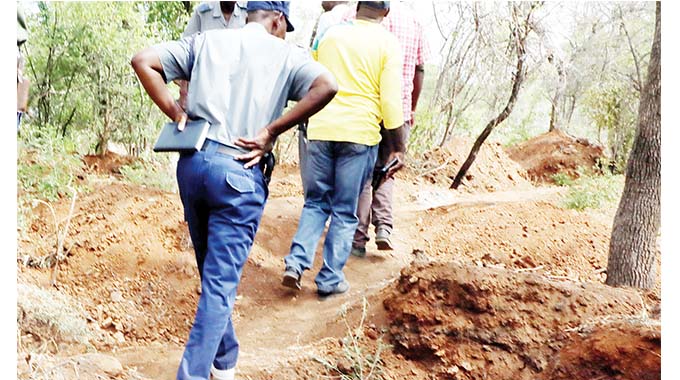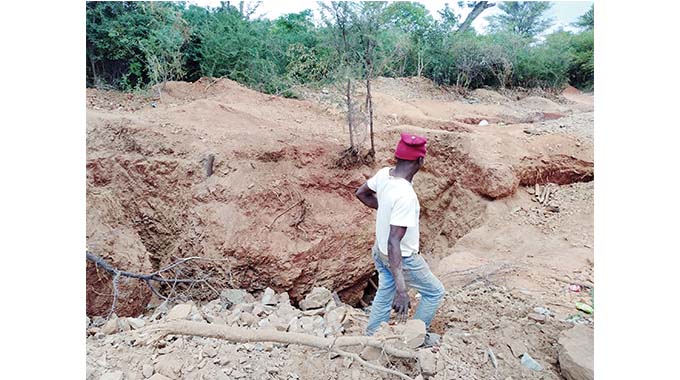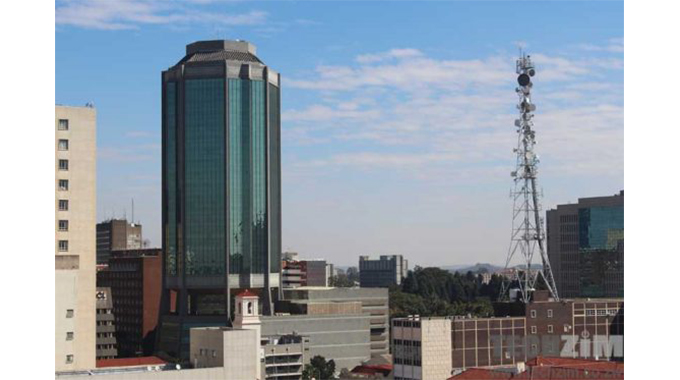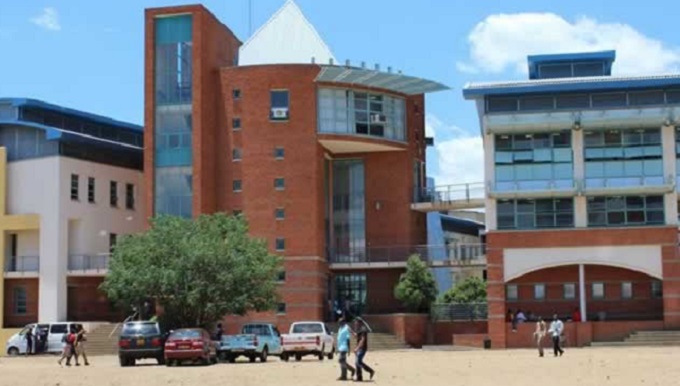Illegal mining threatens development

Nqobile Tshili, Chronicle Reporter
THE increase in illegal gold mining activities is becoming a threat to the country’s infrastructure and environment that could affect the socio-economic development.
Land degradation is said to have increased during the national lockdown period as little focus has been given to environmental issues.
A study by the Environmental Management Agency (EMA) has revealed that illegal mining has damaged total of 11 163 hectares of land while degrading 1 555KM of riverbank ecosystems in the country.
The illegal miners’ activities are said to be damaging plantations, grazing areas, fields, urban areas, road, rail and electricity transmission servitudes and have become a threat to socio-economic development.
Bubi district in Matabeleland North and Umzingwane and Insiza rivers, and Ncema and Inyankuni dam catchment areas in Matabeleland South are among the gold hot spots that have been affected by illegal gold miners.

A gold panner looking at the damage caused to the environment
The environmental watchdogs estimate that there are 1,5 million illegal miners in the country.
In a statement on Sunday, EMA said it was in the process of creating an inventory on illegal mining and their environmental impact for decision making purposes.
EMA said it has observed that the Covid-19 pandemic induced lockdown has seen an increase in the number of panners violating the law and damaging the environment.
“The Agency has also noticed that restrictions associated with the Covid-19 pandemic have ushered in complacency within the public resulting in the surge in environmental violations. On that note, the Agency in collaboration with other law enforcement agencies, is seized with the obtaining situation and has put in place strategies to protect the environment from further damage,” it stated.
It said in partnership with law enforcement agents it has conducted several raids along the Umzingwane and Insiza rivers where rampant illegal mining activities are taking place.
“Illegal mining activities create conflict in land use, and have competing interests and claims with agricultural activities thereby affecting food security of the country. Land degradation characterised by open pits and loss of key forestry species remain a threat to lives, infrastructure, river flows and water quality and quantity,” read the statement.
EMA said unconventional mining activities has increased veld fire incidents as panners use metal detectors to clear land for panning activities.
The environmental watchdogs said there is an urgent need to contain illegal gold panning activities as failure do so will be very costly for Government and communities.
“It would actually be costly not to act, as land degradation, siltation and pollution of water bodies, destruction of infrastructure, outbreak of diseases, and possible loss of lives will worsen. The cost of rehabilitation will be unbearably high, and the cost of this will always be borne by the Government and local communities who own and use the land,” EMA said.
“Use of gold detectors by the illegal miners has also accelerated rate of land degradation in that heavy machinery is used to rip up the land to allow for gold detection to take place, hence scaring the land. The complexities of the groupings and fluidity characteristic of small-scale mining reduces the effectiveness of interventions that the Government and other stakeholders can put in place. Illegal mining trends tend to be very fluid on the ground as often illegal miners are very mobile and fugitive, thus effects of the activity are so fast, and very temporal and spatial.”
EMA also challenged communities to be heavily involved in fighting environmental crimes as they suffer the most in the long run. — @nqotshili












Comments